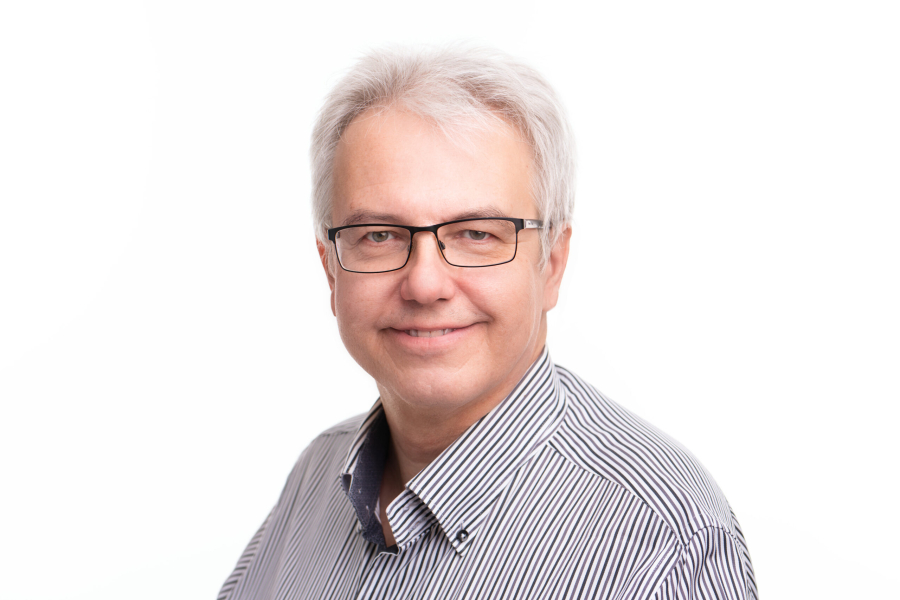
Blog & podcasts: finance and real estate made simple
Articles, insights, and interviews to help you navigate and grow
Transformed Funds vs. Participant Funds

Don’t rely on the state pension! Despite indexations, the gap between pensions and real wages continues to widen! The state won’t let you fall, but in retirement, it won’t be about living—it will only be about surviving! We hear such warnings more and more often. And they are true.
One of the ways to secure yourself for retirement is not to rely on the state, but to invest or buy an investment property. In investing, one option is supplementary pension savings (DPS) and its participant funds.
Currently, the difference between the average state pension and the average net wage is 9,421 CZK (€377). That’s a huge financial gap. However, those who save 800 CZK (€32) per month for retirement—which was the average monthly contribution in supplementary pension savings in 2019—can, thanks to returns, state contributions, and employer contributions, increase their retirement income by up to 6,841 CZK (€274) per month (valid for 30 years of saving, after which pension savings are paid for 25 years, i.e., 300 months).
Although pension savings are generally well known, many people still do not understand the difference between pension insurance and supplementary pension savings.
Transformed Funds (TF)
TF (formerly pension insurance) were created from pension funds that were abolished at the beginning of 2013. To this day, people who had a pension insurance contract concluded before 1 December 2012 are still saving into them. Since that date, it has no longer been possible to arrange this type of contract.
Advantages of a transformed fund:
-
Guaranteed return of invested money
-
State contributions
-
Employer contributions
-
Tax deductions
However, they offer only small appreciation, which over the long term rarely covers inflation.
Participant Funds (PF)
PF were created at the beginning of 2013 and behave similarly to mutual funds. They are managed by pension companies, which by law had to establish a mandatory conservative fund, similar to the fund in the “old” transformed funds. In addition to this fund, they added other strategically different funds to their portfolio—balanced and dynamic. These are not legally required.
It is precisely these dynamic funds that provide clients, in the long run, not only with real but often very interesting returns. Clients pay management fees, similarly to mutual funds.
Advantages of saving in DPS:
-
State contribution up to 2,760 CZK (€110) per year
-
Tax reliefs – tax deduction up to 24,000 CZK (€960) per year, income tax savings up to 3,600 CZK (€144) per year
-
Employer contributions – up to 50,000 CZK (€2,000) are exempt from health and social insurance
-
Possibility to draw a pre-retirement pension already 5 years before reaching the statutory retirement age
-
In the event of death, the money goes to designated persons or heirs
-
Option of a lump-sum withdrawal of saved funds, or tax-advantaged payment in the form of a regular pension
-
Choice of different investment strategies
The second table shows the financial shortfall that occurs upon retirement and how supplementary pension savings can significantly improve your situation:
(Source: apscr.cz – supplementary pension savings)
The numbers speak for themselves— with the right strategy, you can get much more value for the same money. How to “tune the instruments” and when and how best to move from a transformed fund to a participant fund so that your retirement is comfortable—we will gladly advise you and arrange everything.
Note: Amounts in CZK were converted to EUR at a fixed exchange rate of 25 CZK = 1 EUR.
Stone & belter blog
Similar articles
Category










